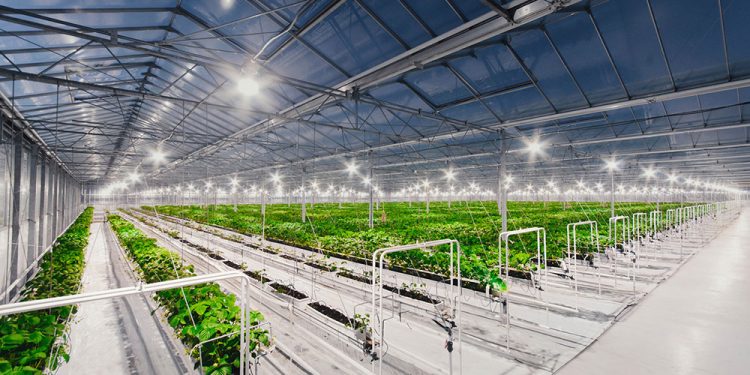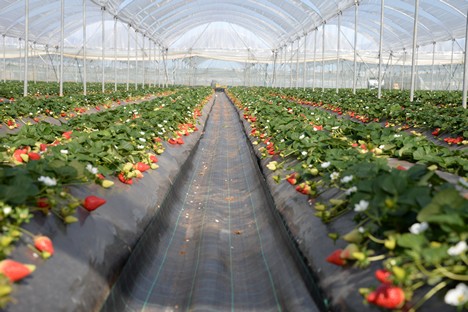#Greenhousecertification #Agriculturalsubsidies #Turkistanagriculture #Fuelsubsidies #Greenhousefarming #Agriculturalpolicy #Energycostsinagriculture #Certificationcenters #Transparencyinsubsidies #CentralAsianagriculture
The agricultural landscape in Turkistan is undergoing a significant transformation, with the introduction of a certification process for greenhouse owners seeking subsidies on fuel for their operations. This move, implemented on May 1, 2023, has far-reaching implications for farmers, agronomists, agricultural engineers, farm owners, and scientists working in the field of agriculture. Let’s take a closer look at the latest data and insights regarding this development and what it means for the agricultural community.
Greenhouse Certification and Subsidies
Turkistan’s special commission for greenhouse certification has been diligently working to establish the technical requirements for farmer-owned greenhouses. These requirements, set by the national standards agency (Gosstandart), aim to ensure that greenhouses meet specific quality and safety standards. The most critical aspect of this certification process is its link to obtaining subsidies for greenhouse fuel.
As of the latest available data, Turkistan boasts a total of 3,366 greenhouses covering an extensive area of 1,517 hectares. Remarkably, this accounts for a staggering 71% of all greenhouses in the country. The need for certification is, therefore, of paramount importance to a significant portion of the nation’s agricultural community.
Challenges and Objectives
One of the primary reasons driving the need for subsidies in Turkistan’s greenhouse sector is the higher tariffs on energy sources compared to neighboring Central Asian countries. This price differential has adversely affected the competitiveness of locally grown greenhouse produce. In response to these challenges, the government has taken steps to subsidize the costs of coal and gas used in both industrial and farmer-owned greenhouses.
However, the reasons behind the higher costs of coal and gas in Turkistan compared to neighboring countries have not been clearly elucidated by authorities. This raises concerns among those in the agricultural sector about the transparency and effectiveness of the subsidy program.
Who Benefits From Subsidies?
While the intention behind the subsidy program is to support greenhouse owners in their energy costs, there are concerns that the funds might not directly reach the intended recipients. Instead, it is feared that intermediaries in the fuel market could siphon off these subsidies, leaving farmers with minimal relief.
Certification Centers
The certification process is facilitated through centers located in Shymkent and Saryagash. These centers are responsible for verifying compliance with the established standards and awarding certificates of conformity to qualifying greenhouse operations. Currently, 15 greenhouse businesses have received these certificates, with an additional 89 applications awaiting review.
As the winter season approaches, greenhouse owners in Turkistan find themselves at a crossroads. The certification process, although intended to provide subsidies for fuel costs, has raised questions about transparency and the ultimate beneficiaries of these funds. The data indicates that only a fraction of greenhouses in the region will have the opportunity to access these subsidies in the coming months.
This development underscores the need for greater transparency and accountability in the subsidy program, ensuring that the intended beneficiaries, the greenhouse owners and farmers, receive the support they need to sustain their vital contributions to Turkistan’s agricultural sector.
In the coming months, stakeholders, including farmers, agronomists, agricultural engineers, farm owners, and scientists, should closely monitor the implementation of the certification process and subsidies to ensure that they serve their intended purpose of bolstering the local agricultural industry.












